New trends and behaviors: Discussion
10 December 2018 2:22pm
Upcoming events
10 December 2018 2:21pm
Open spots available at SMART Advanced Training in Zambia January 2019
6 December 2018 1:13pm
Introductory online training videos in bioacoustic analysis using Raven
5 December 2018 10:43am
Good Reads?
24 October 2017 4:54pm
1 December 2018 3:27am
There are two great articles about the issue of bird poaching in the Mediterranean and its serious threat to Palaearctic bird populations by Jonathan Franzen.
A 2010 article in the New Yorker,
https://www.newyorker.com/magazine/2010/07/26/emptying-the-skies
and a 2013 National Geographic feature,
https://www.nationalgeographic.com/magazine/2013/07/songbird-migration/
I wrote a 2017 blog post for National Geographic about the topic of bird poaching in Cyprus,
https://blog.nationalgeographic.org/2017/11/21/can-anti-poaching-activism-save-25-million-birds-a-year/
Regards,
Jason
4 December 2018 6:47pm
Your blog post was great. keep up the good work!
Michael
can we detect gillnets in turbid water?
27 November 2018 4:12pm
4 December 2018 2:55am
Hi Aurelie,
I do some work in underwater robotics and it's a tough problem! Maybe there is a way around the problem instead of through. May I ask, is the goal specifically to map where the nets are within a certain stretch of river, or to be able to ensure there are no nets wihin the area, or...?
Thanks,
-harold
4 December 2018 9:01am
Yes, I agree it's a tough problem - i'm certainly stumped ;)
but thanks so much for your reply and counter question - the goal is to find these gillnets and remove them...and we don't want to be pulling up every net and buoy...
Monitoring Ecosystems through Sound: The Present and Future of Passive Acoustics
 Ella Browning
Ella Browning
4 December 2018 12:00am
How to help
22 November 2018 3:52pm
27 November 2018 2:51am
Hi Ross,
Let's connect - I am a social scientist that has been researching demand reduction and am working on some projects, including a website, that helps consumers avoid illegal "unsafe" souvenirs. I have a few ideas floating around in my head that would take someone more tech-savvy than me to know if feasible - maybe we can exchange thoughts via email. I'd love to hear more about your ideas to reduce demand!) Feel free to email me at [email protected].
Best, Rosemary
29 November 2018 2:31pm
Hi Ross,
We are developing a web-based platform with multiple tools to analyse biodiversity quality, habitat assessement management and other apps. We need some help thinking how to monetise the apps/subscriptions as well as further developing the platform. You can email me here: [email protected] if interested. Thanks.
Kind regards,
Vance
WILDLABS Virtual Meetup: Big Data in Conservation
27 November 2018 12:00am
Troubleshooting: Trophy Camera Brown, Bushnell
14 November 2018 1:01am
26 November 2018 2:57pm
Hi Marisa,
It sounds like the Iris on the lens may be stuck open or its been drifting into an open position (hence why you could see images for a while, but now the image is completely whited out). Is there the ability to alter the lens Iris on the camera?
If you can view what the image looks like directly from the camera (is there an ability to view the fiield of view as you set thecamera up?) you should see the same problem if the Iris is wide open.
Try and isolate the problem step by step to rule out each element of the technical system, whenever you have a technical fault. In this instance there isnt much that you have to play with on a simple trail camera. It would seem the power supply is OK because images are being captured (even though they are whited out) and the PIR is functioning to trigger the images. Check the SD card you are using works OK in another camera to rule that out as the problem too. Are the settings on this camera the same as others that are working correctly? If not alter them too.
There is also a detachable anti reflective LED cover on this Bushnell. Check its not been slipping over time and bouncing the LED illumination directly into the camera lens. That would white images out to varying degrees too.
Best,
Dave
Project BEESWAX7 Infographic
13 November 2018 2:27pm
26 November 2018 9:10am
Love it! Covers so many of my interests - conservation, beekeeping and fiddling with Arduinos - would love to know more about the project.
Live discussion on intersection of conservation and games
14 November 2018 1:22pm
23 November 2018 3:14pm
Hey Gautum,
Looks like the interview went really well! If people weren't able to make it, Gautam's interview along iwth others in the series are all available to watch here.
Steph
Request for suggestions: Innovative, technology focused conservation projects
23 June 2016 1:02pm
22 November 2018 4:23pm
Hi Kieran,
We should connect and have a chat!
Ross.
Bright Frog Game Studios logging on!
23 June 2017 6:58pm
23 June 2017 11:44pm
Loving the enthuasim Gabriela (and Jaymie), welcome to the WILDLABS community! We're delighted to have you on board.
You're already right amongst it, so I'm pretty much just going to keep our of your way so you can keep doing your thing. Just know that I'm here (via direct message through my profile or at [email protected]) if you need me.
As with all new members, I do recommend checking out our regular digest as a great way to get oriented about the latest conversations that are happening in the community, the most recent issue is available here.
You've done a stellar job introducing yourself to the community here, if you're keen to connect with other members a good starting point is our welcome thread or our member directory.
Other than that, there is nothing more to add from my end. I look forward to seeing your enthusiastic posts in our community!
Steph
24 June 2017 12:21am
Thanks for all your help Steph!
22 November 2018 4:23pm
Welcome! How are you getting on with your game studio?
Camera traps designed for animals are now invading human privacy
 Rogelio Luque-Lora
Rogelio Luque-Lora
22 November 2018 12:00am
Canopy cameras shed new light on monkey business in Brazil
22 November 2018 12:00am
Tails of the unexpected – Historic first for thresher shark tag team
 Tim Knight
Tim Knight
22 November 2018 12:00am
Southern right whale superpod blows a hole in the record books
 Tim Knight
Tim Knight
22 November 2018 12:00am
Viral bear video shows how drones threaten wildlife – and what to do about it
 Margarita Mulero Pazmany
Margarita Mulero Pazmany
22 November 2018 12:00am
A technologist's journey to protect wildlife: The reality and potential of conservation technology (recorded talk)
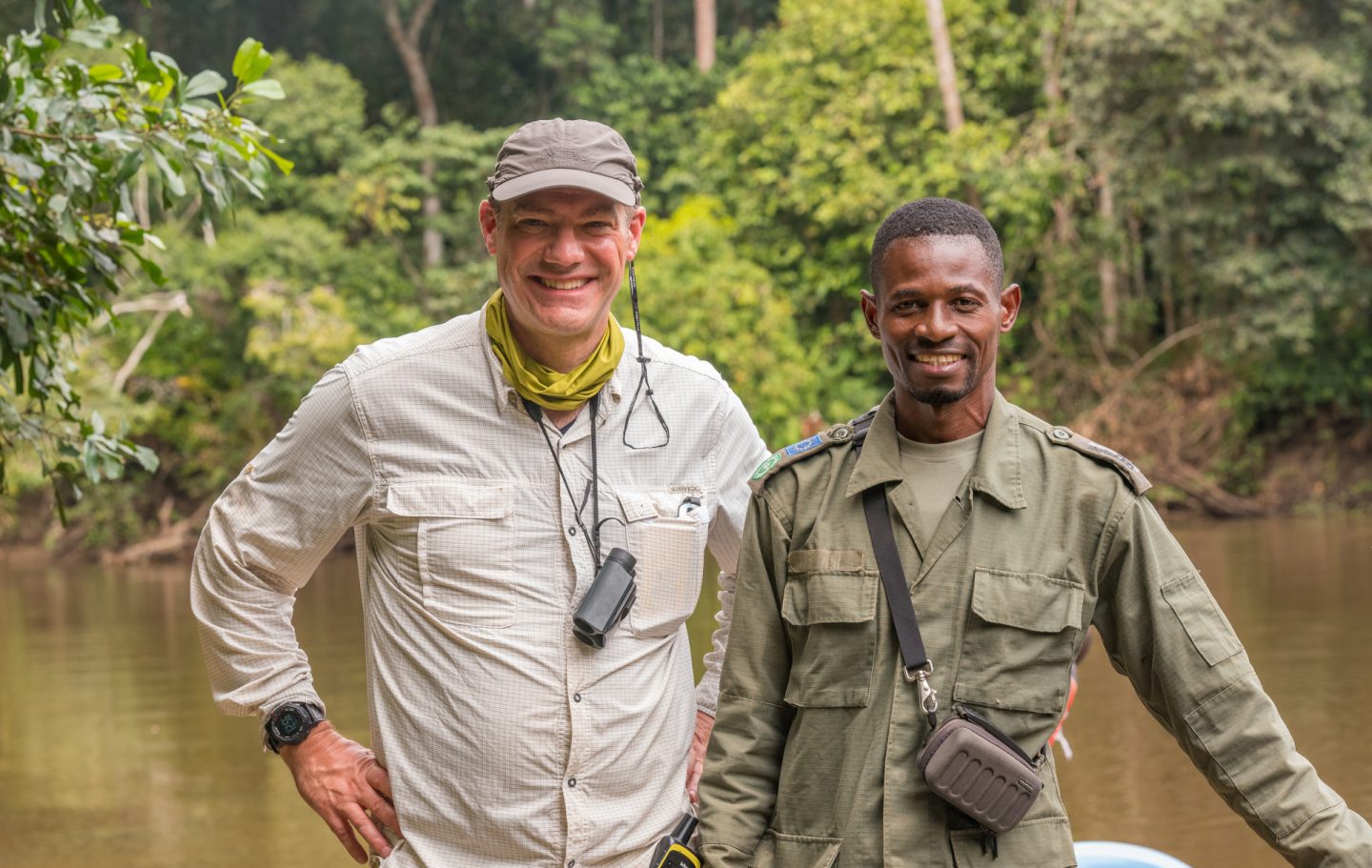 Ted Schmitt
Ted Schmitt
22 November 2018 12:00am
GIS Day 2018
14 November 2018 7:48pm
Developer job at Octophin Digital
13 November 2018 2:50pm
World Bank Global Wildlife Program Knowledge Exchange: Ethics and Conservation
 World Bank Global Wildlife Program
World Bank Global Wildlife Program
12 November 2018 12:00am
WILDLABS Virtual Meetup: Networked Sensors for Security and HWC Prevention
12 November 2018 12:00am
WILDLABS Virtual Meetup Recording: Next Generation Wildlife Tracking
12 November 2018 12:00am
Infrared filters for drone cameras
3 August 2017 11:17am
22 August 2017 3:09am
Although not for NDVI but worth a mention for anyone looking at converting a camera into IR only.
I have had sucess using a DIY filter made out of blank processed camera film from a disposable camera. So long as you can still find somewhere to process the film (or do it yourself) you just cut the processed film (negatives) and replace the digital cameras IR filter (placed over the cameras sensor). This will simply turn the camera into an IR camera only so won't fit your requirement for NDVI but thought that it is worth posting if others are looking at converting a camera or Go-Pro into an IR camera.
23 May 2018 9:41am
Hi Thom,
Did you have any luck with the DIY sensor?
Sam
10 November 2018 11:40am
If you need a piece of exposed (black) film then please get in touch. I still take "real" slides and have a few black frames at start and end of each roll of film.
Small Mammal Specialist Needed Liberia
9 November 2018 2:15pm
WildFind - a package to produce a georeferenced heatmap of VHF collared animals.
23 September 2018 10:50am
6 November 2018 10:20pm
Hello Mike
If I understood your system description correctly, you intend to analyse the radio data and produce the heatmap on board the drone. Why ?
I would do minimal data processing onboard, log any relevant details onto removable memory such as an SD card and do all further processing offline on a PC.
This should dramatically reduce the energy and processing demands of your drone-based hardware and simplify the software, too.
I guess there must be (open source?) solutions available that can convert data in a suitable format into a heatmap. This should save you having to re-invent that wheel.
Hope this is of some use.
Good luck,
Joachim Neff
8 November 2018 9:25am
Thank-you Joachim,
Yes- that will probably resolve one of the issues.
I think the larger issue that Al was trying to deal with was related to the 'ghost' data that caused the noise in the data.
Perhaps the issues are related?? Maybe a logger rather than processor might reduce the errant frequencies that we were observing.
MJ
8 November 2018 12:45pm
Hello Mike
I am not sure whether a datalogger would resolve radio noise problems. I would expect more success from improving the antenna/receiver circuitry to get rid of the noise before you digitise/record. Unfortunately, I can't give you much advice on this subject but antenna/circuit design can be tricky.
I just watched your YouTube clips and noticed in the last clip that there seems to be a 40 dB margin between the transmitter signal and the background noise. Based on my limited experience, this should be plenty to clearly separate signal from noise. With the right type of signal conditioning/filters you should be able to log only the signal you are interested in. Record this together with the current location coordinates and you should get close to the data set you need for producing the heatmap.
Good luck,
Joachim Neff
Google AI Impact Challenge
7 November 2018 3:44pm
Working together for wildlife
5 November 2018 6:27pm
6 November 2018 11:39am








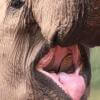

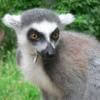
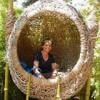
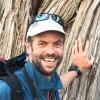


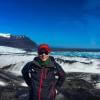
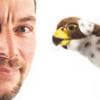



30 November 2018 4:27pm
Keeping this thread active.
POACHED - Inside the Dark World of Wildlife Trafficking
by Rachel Love Nuwer
This is super interesting, and gives a really good look at poaching. Rachel goes in depth and reports back from the field, including an inside look at the CITES meetings. This opens lots of issues that need to be addressed.